Do you give a crap where your toilet paper comes from?
Major toilet paper brands like Charmin, Cottonelle, Angel Soft, Quilted Northern, and Kirkland make their toilet paper from virgin forest fiber. This means that their toilet paper comes entirely from pristine forests and not even partly from post-consumer recycled paper. But why should we give a crap about it?
These manufacturers get their paper product from boreal forests of Canada. Boreal forests make up 77% of Canada’s forests and are found in the boreal zone just below the arctic tundra to southern Canada. These forests emerged after the last Ice Age, approximately 12,000 years ago and are one of the most ecologically important forests in the world. The boreal forests lock away nearly twice as much carbon as is contained in the world’s recoverable oil reserves. To boot, threatened and endangered species like caribou and grizzly bear live in these woodlands and nearly three million birds migrate to this area every year. But nearly one million acres of Canadian boreal are cut away each year for logging which means the size of a small city block are roughly clearcut from this area every MINUTE.
Jennifer Skene, attorney with NRDC’s Canada Project stated: “With every roll of their unsustainable toilet paper, companies are pushing the world closer to climate catastrophe. That’s because climate change isn’t just about smokestacks and tail pipes, or oil wells and coal mines. It’s also driven by cutting down irreplaceable climate-critical forests like the Canadian boreal for something as short-lived as a flush.”
Fortunately, some companies do give a crap about sustainability and where they source their toilet paper. These companies get an “A” for making the most sustainable toilet paper:
· Who Gives a Crap
· 365 Bath Tissue
· Ever Spring
· Seventh Generation
· Trader Joes Bath Tissue (TJ’s Super Soft brand got a C grade)
Even though I don’t live near the Canadian boreal forests, it doesn’t mean my consumer choices do not affect this region, and despite the distance between myself and those forests, I still receive the benefits of their presence: cleaner air and a healthier planet. If you give a crap about the trees, please don’t squeeze or buy the Charmin.
References:
1. https://www.nrdc.org/media/2020/200618-20
3. https://www.treehugger.com/fascinating-facts-about-the-boreal-forest-4858782


